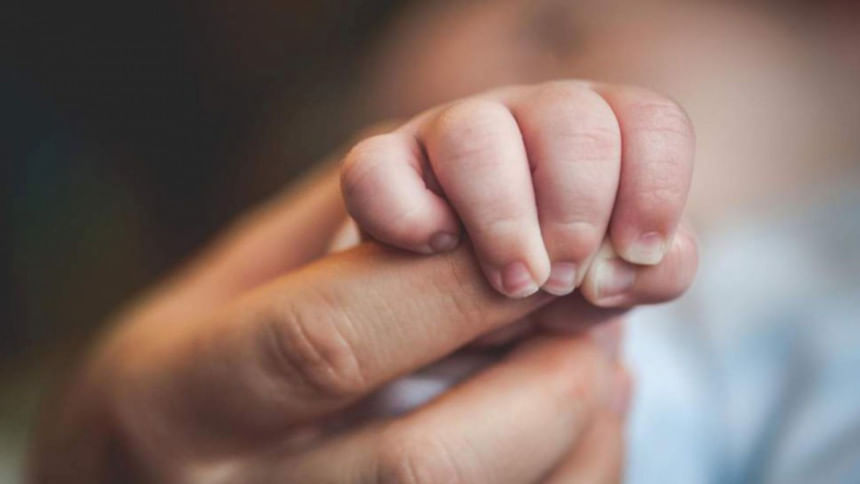Neonatal mortality still high at 20 per 1,000 births

Although Bangladesh has made significant progress in reducing mortality in children under five over the past decade, saving newborns -- especially in the first weeks of life -- remains a major challenge.
A key factor behind the progress has been the introduction of Special Care Newborn Units (SCANUs) by the health ministry in 2009. These units, focused on treating vulnerable infants, have saved countless lives.
However, a recent study has raised concerns about their current condition, revealing operational issues that could threaten future progress.
While most medical equipment in SCANUs and Newborn Stabiliser Units (NSUs) is still functional, around 25 percent is either non-functional but repairable or beyond repair.
This was found in a study titled "Strengthening Special Care Newborn Units in Bangladesh: An Extensive Assessment and Improvement Strategies."
The study -- conducted by Pyae Phyo Then Chao, Zahid Hassan, and Dewan Md Emdadul Hoque of Unicef Bangladesh -- was presented at a conference titled "Quality Newborn Care at Facility and Home: A Pathway to Healthier Future" yesterday.
The event, focused on future strategies for improving newborn care, was organised by the Bangladesh Neonatal Forum (BNF) with support from Unicef at the Bangladesh China Friendship Conference Center in Dhaka.
According to the UN Inter-agency Group for Child Mortality Estimation (UN IGME), over 100,000 children in Bangladesh died before age five in 2023 -- nearly two-thirds of them within the first 28 days of life.
According to the study, ageing infrastructure is a major concern, with 38 percent of SCANUs and 42.8 percent of NSUs using equipment that is over 10 years old.
The study also revealed that 32.1 percent of ventilators and 42.8 percent of infant incubators are repairable. However, functionality remains low for critical devices like pulse oximeters (71.7 percent) and infant incubators (57.1 percent).
Despite these issues, Bangladesh's broader child health indicators reflect substantial progress, said the study.
According to the Bangladesh Demographic and Health Survey 2022, the under-five mortality rate has dropped to 31 per 1,000 live births, nearing the Sustainable Development Goal (SDG) target of 25 by 2030.
However, neonatal mortality, accounting for the majority of under-five deaths, remains high at 20 per 1,000 live births, far from the SDG goal of 12, it said.
According to the study, Bangladesh aims to establish 62 SCANUs and 111 NSUs nationwide by 2025 to improve access to life-saving care for newborns.
However, researchers stressed that expanding facilities alone won't be enough. Stronger maintenance practices, equipment upgrades, and better resource allocation are crucial for improving care for the most vulnerable infants.
According to the UN Inter-agency Group for Child Mortality Estimation (UN IGME), over 100,000 children in Bangladesh died before age five in 2023 -- nearly two-thirds of them within the first 28 days of life.
To meet SDG targets, Bangladesh must save an additional 28,000 newborns every year. This requires renewed efforts in maternal and newborn health, both in hospitals and at the community level, the study said.
At the conference, Bridget Job-Johnson, deputy representative (OIC) of Unicef Bangladesh, said "Bangladesh has made remarkable progress in reducing newborn and maternal deaths, but we're still losing a newborn every 8 minutes -- often from preventable causes like prematurity, low birth weight, birth asphyxia, and infection."
"To accelerate progress, we must support mothers and adolescents, improve nutrition, promote healthy birth spacing, and raise awareness to end preventable newborn and maternal deaths," she added.

 For all latest news, follow The Daily Star's Google News channel.
For all latest news, follow The Daily Star's Google News channel. 





Comments